You may have seen the recent BBC TV programme "How to stay young" with Angela Rippon and Dr Chris van Tuleken where they discussed various scientific studies that have been undertaken to establish how best to keep our bodies functioning well into older age.
A fascinating study recently carried out on two groups of older adults proved that a 6-month recreational dancing programme was significantly more effective than a gym-based exercise programme of similar duration in boosting muscle strength, partly because dancing requires a greater range of movement and challenges balance and agility. Not only that, but researchers found that there was a greater number of connections between muscles and nerves in the dancers, the significance of which is still being explored but indicates a stronger body-mind connection as a result of dancing compared to exercising on static machinery.
What I would anecdotally add to this wonderfully positive research into the benefits of dance on our bodies is a sense of wellbeing brought about when dancing with others because it is a social activity and, in particular, dancing expressively (ie without having to learn specific steps but exploring one's own response in movement to the music played) engages a different part of the mind that connects with the body and can stimulate new neural pathways in the brain which enable us to become more creative in our everyday life and enhance our ability to problem-solve in situations that arise.
This is where Dance Journey plays a unique role. At every session of Dance Journey we play a carefully selected range of music that is designed to inspire you to increase your movement range and experiment with different tempos and rhythms. Along with subtle facilitation that encourages you to explore new ways of moving and expressing yourself without words, you can also find yourself releasing chronic stiffness and tension without even realising it. By the end of a Dance Journey, participants regularly feed back how much more relaxed, yet alert and clear-thinking they feel. Sometimes individuals report having had sudden insights into a situation or personal sticking point whilst dancing in this expressive way. And we are also given the opportunity (always invited, never obligated) to dance with others, encouraging each other to move and enjoy communicating non-verbally and without judgement. So many people have arrived at a Dance Journey for the first time feeling nervous and inhibited about dancing "in front of other people" only to find themselves dancing with complete freedom and enjoyment within minutes of the music starting.
Here are just a few comments made by participants at recent Dance Journeys: "It's been the best night on a dancefloor I can ever remember!" "That was a brilliant night, thank you!" "Wow- amazing, wild and fabulous!" " I had to fight a few demons to get (through the door) but I really, really enjoyed myself!".
We run Dance Journey on the third Friday of each month in Cheltenham - the next one is on Friday 20 May. Join us from 7.30pm for 2 hours of dance bliss and brain (and body) rejuvenation! Our Dance Journey Fridays page has more details.
A fascinating study recently carried out on two groups of older adults proved that a 6-month recreational dancing programme was significantly more effective than a gym-based exercise programme of similar duration in boosting muscle strength, partly because dancing requires a greater range of movement and challenges balance and agility. Not only that, but researchers found that there was a greater number of connections between muscles and nerves in the dancers, the significance of which is still being explored but indicates a stronger body-mind connection as a result of dancing compared to exercising on static machinery.
What I would anecdotally add to this wonderfully positive research into the benefits of dance on our bodies is a sense of wellbeing brought about when dancing with others because it is a social activity and, in particular, dancing expressively (ie without having to learn specific steps but exploring one's own response in movement to the music played) engages a different part of the mind that connects with the body and can stimulate new neural pathways in the brain which enable us to become more creative in our everyday life and enhance our ability to problem-solve in situations that arise.
This is where Dance Journey plays a unique role. At every session of Dance Journey we play a carefully selected range of music that is designed to inspire you to increase your movement range and experiment with different tempos and rhythms. Along with subtle facilitation that encourages you to explore new ways of moving and expressing yourself without words, you can also find yourself releasing chronic stiffness and tension without even realising it. By the end of a Dance Journey, participants regularly feed back how much more relaxed, yet alert and clear-thinking they feel. Sometimes individuals report having had sudden insights into a situation or personal sticking point whilst dancing in this expressive way. And we are also given the opportunity (always invited, never obligated) to dance with others, encouraging each other to move and enjoy communicating non-verbally and without judgement. So many people have arrived at a Dance Journey for the first time feeling nervous and inhibited about dancing "in front of other people" only to find themselves dancing with complete freedom and enjoyment within minutes of the music starting.
Here are just a few comments made by participants at recent Dance Journeys: "It's been the best night on a dancefloor I can ever remember!" "That was a brilliant night, thank you!" "Wow- amazing, wild and fabulous!" " I had to fight a few demons to get (through the door) but I really, really enjoyed myself!".
We run Dance Journey on the third Friday of each month in Cheltenham - the next one is on Friday 20 May. Join us from 7.30pm for 2 hours of dance bliss and brain (and body) rejuvenation! Our Dance Journey Fridays page has more details.
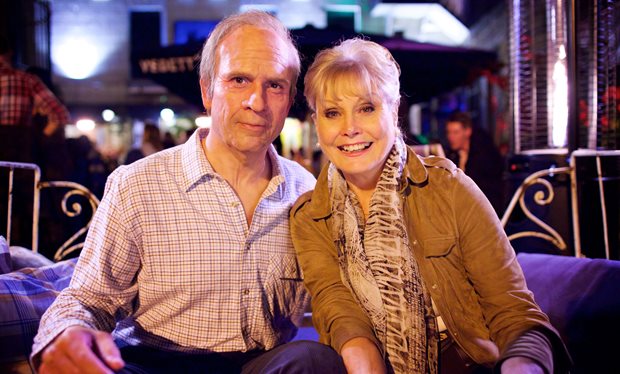
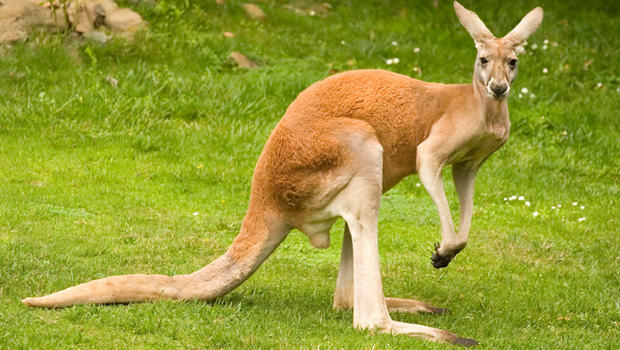
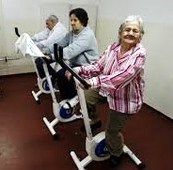
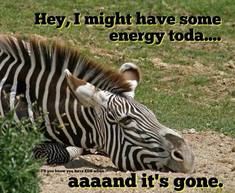


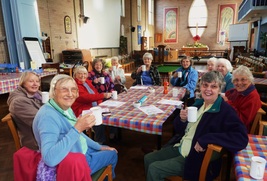



 RSS Feed
RSS Feed
